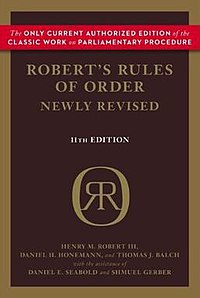BQAC Public Hearing Tonight (Aug. 28)
First, what is "BQAC"? It's the Ballot Questions Advisory Committee, set up by the MCDCC (Montgomery County Democratic Central Committee).Its job is to research all the questions that will appear on MoCo ballot and prepare a clear and concise explanation of each ballot question, and then give the best possible reasons why the MoCo Democratic Party should (a) support, (b) oppose, or (c) take no position, on each ballot question.
The BQAC report is presented to the MoCo Dem Precinct Organization (precinct chairs and vice chairs, etc.), who vote on what position to take on each ballot question, and the MCDCC then votes to either accept what the Precinct Organization did or neutralize it, meaning the Dem Party takes no position.
Along the way, the BQAC holds a Public Hearing to allow any MoCo citizen to present views and suggestions tot he BQAC. That Public Hearing was held tonight (Aug. 28) and even though there are few ballot questions this year, and the ones that exist are unusually uncontroversial.
About a dozen people showed up for the hearing, in addition to the approximately 11 members of the BQAC. The public comments and suggestions were very helpful and almost all of them will be included in the BQAC report.
When the BQAC report is finished, within the next two weeks, it will probably be posted on the MCDCC website and elsewhere (such as this blog) so everyone can become more educated about this year's ballot questions before you vote on them.
















